The 2023 season is fast becoming one of existential crisis for Formula 1. There have been plenty of those in recent times, but the optimism of the ground effect rules revolution has been swept away by the bludgeoning dominance of Red Bull over the past year.
It’s not Red Bull’s fault that it has won 22 out of 27 races since the start of last year. The team and drivers exist to win and have achieved that success through hard work, ingenuity and industry. But while such achievement is to be respected, it doesn’t stir the soul of the neutral and the resulting predictability is fundamentally the problem.
So if Red Bull isn’t to blame, what is the root cause? Some of the responsibility lies with rival teams, in particular Ferrari and Mercedes. As Red Bull team principal Christian Horner said after a fourth one-two in five grands prix in Miami, “we’re kind of wondering, where are the others?”.
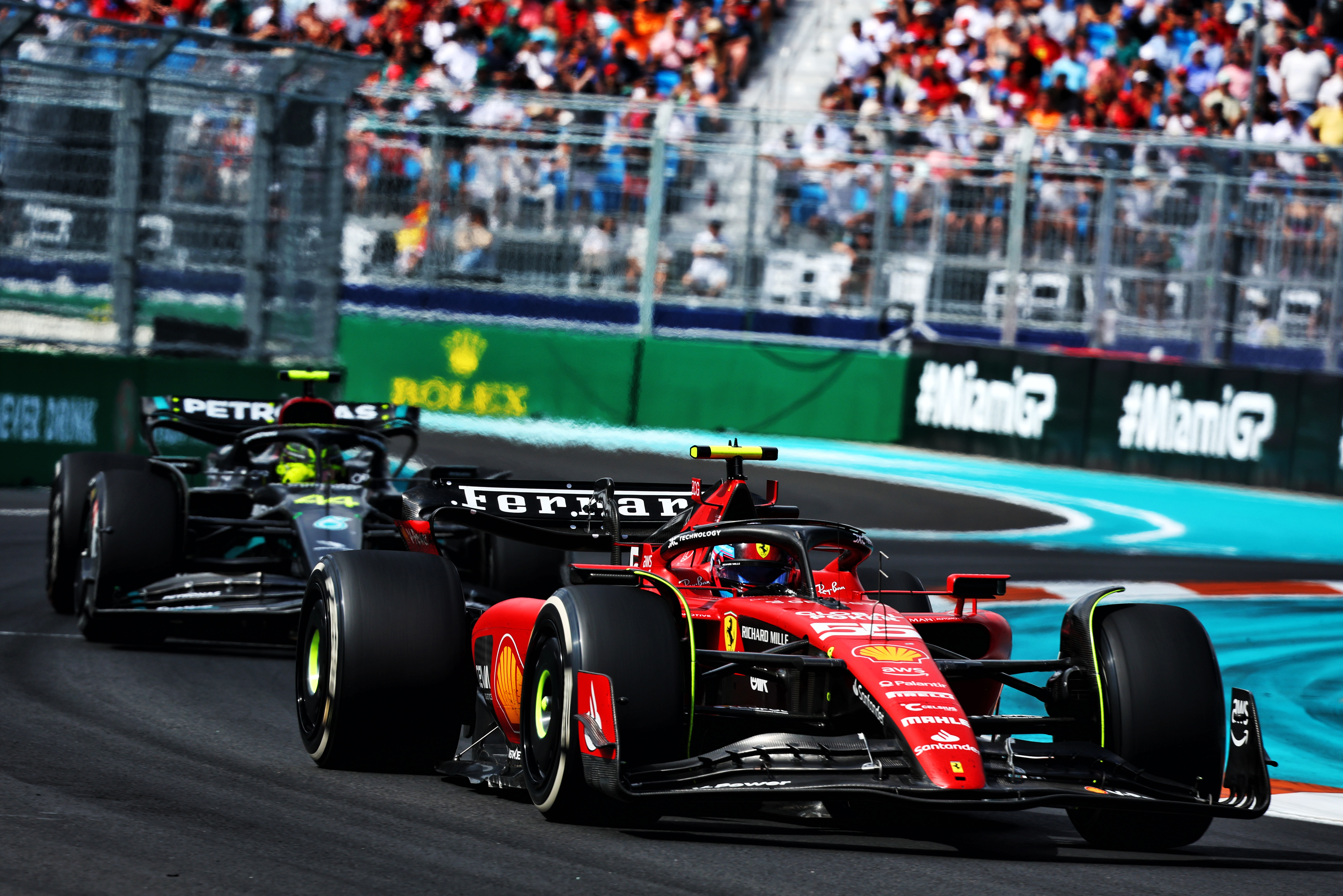
Both teams have the resources to perform at a similar level to Red Bull, but are underachieving, lost in a fog of understanding, whereas in Milton Keynes there is clarity of concept and execution. Both Mercedes and Ferrari have good cars, but ones overwhelmingly outgunned by Red Bull. Aston Martin can be excused from that group because it’s a team that’s on the up and has done better than anticipated, yet is providing the most consistent threat – albeit only occasional mild inconvenience – to Red Bull.
Were Red Bull either not on the grid, or producing performance levels that put it in what is currently a group battling for best-of-the-rest that’s full of variety and performance swings, the perception would be very different. In five grands prix, three different drivers and teams have led the chasing pack and Fernando Alonso would be leading the championship. Were that happening, this would be talked of as a great and unpredictable start to the season. That’s why relative team performance is so significant in shaping any debate on this topic.
It’s impossible to ensure teams do as good a job as one another and for F1 to be a genuine sporting test there must be the potential for competitors to succeed or fail. So the real problem lies elsewhere. Inevitably, our attention then turns to the regulations.
As the recent discourse about boring races has underlined, the race format itself isn’t the problem. The Baku sprint race wasn’t flat because of the timetable for the weekend, it was a consequence of the difficulty of overtaking, the lack of performance variables, how closely matched most of the pack was and the tyre characteristics. The same applies to what we’ve seen on grand prix Sundays and on conventional weekends. The Miami Grand Prix was a better race, but it wasn’t the thrill-ride many crave even though it did, like Jeddah and Baku, provide a fascinating battle at the front of metaphorical, rather than literal, wheel-banging between Verstappen and Perez expressed primarily on the stopwatch.
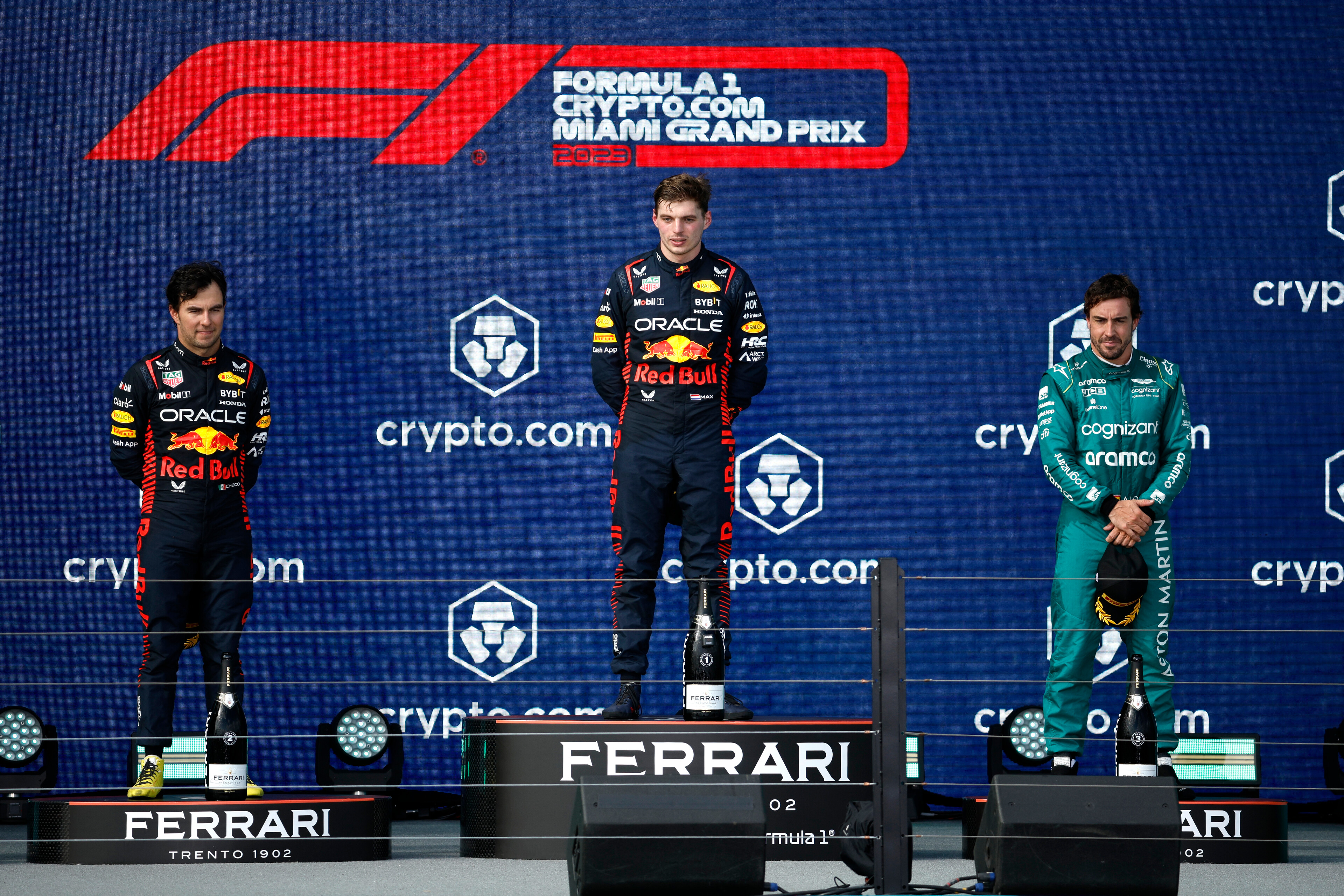
Therefore, it’s the technical regulations that draw the attention. These regulations were conceived to improve what then-F1 supremo Ross Brawn called the “raceability” of the cars. Extensive research was conducted into the wake characteristics and the causes of turbulence, with the new regulations designed to improve these. There were other objectives too, including closing up the field and keeping costs under control.
The regulations have succeeded, to an extent. It is easier to follow than it used to be, but that does not mean it is easy. As a corollary, the slipstream effect is slightly reduced. The reduction of dependence on top body aero in favour of downforce generated by the ground effect floor and the mitigation of outwash geometries were at the heart of these changes.
Ground effect was long proffered as a panacea for F1. The idea was that such downforce generation would be more, even infinitely, robust and therefore less prone to turbulence. The trouble is, that has proved a one-dimensional view. The rulemakers had a more nuanced view and understood it was never going to be so simple, but the cars are sensitive to turbulence.
There are, broadly speaking, two mechanisms at work here. The regulations are the framework, but it’s the work of the teams that defines exactly what the output is in terms of the cars and racing. These are highly accomplished and well-equipped design teams conditioned to push performance to the nth degree.
What we’ve seen from ground effect cars is that they too have a level of sensitivity, which is proved by the fine-tuning we see of the floor fences. Just as top-body aero needs to be worked as hard as you dare without being too close to the stall point, and therefore sensitive to turbulence, similar phenomena apply to the underfloor. Even if the impact is reduced, it is still there. And that’s a problem even before you multiply it with questions of ride control and the countless other interacting elements that add up to the performance of an F1 car. When ground effect was banned, it was regarded as the magic bullet but now that it’s the reality, it’s regarded as a problem. Neither is true.
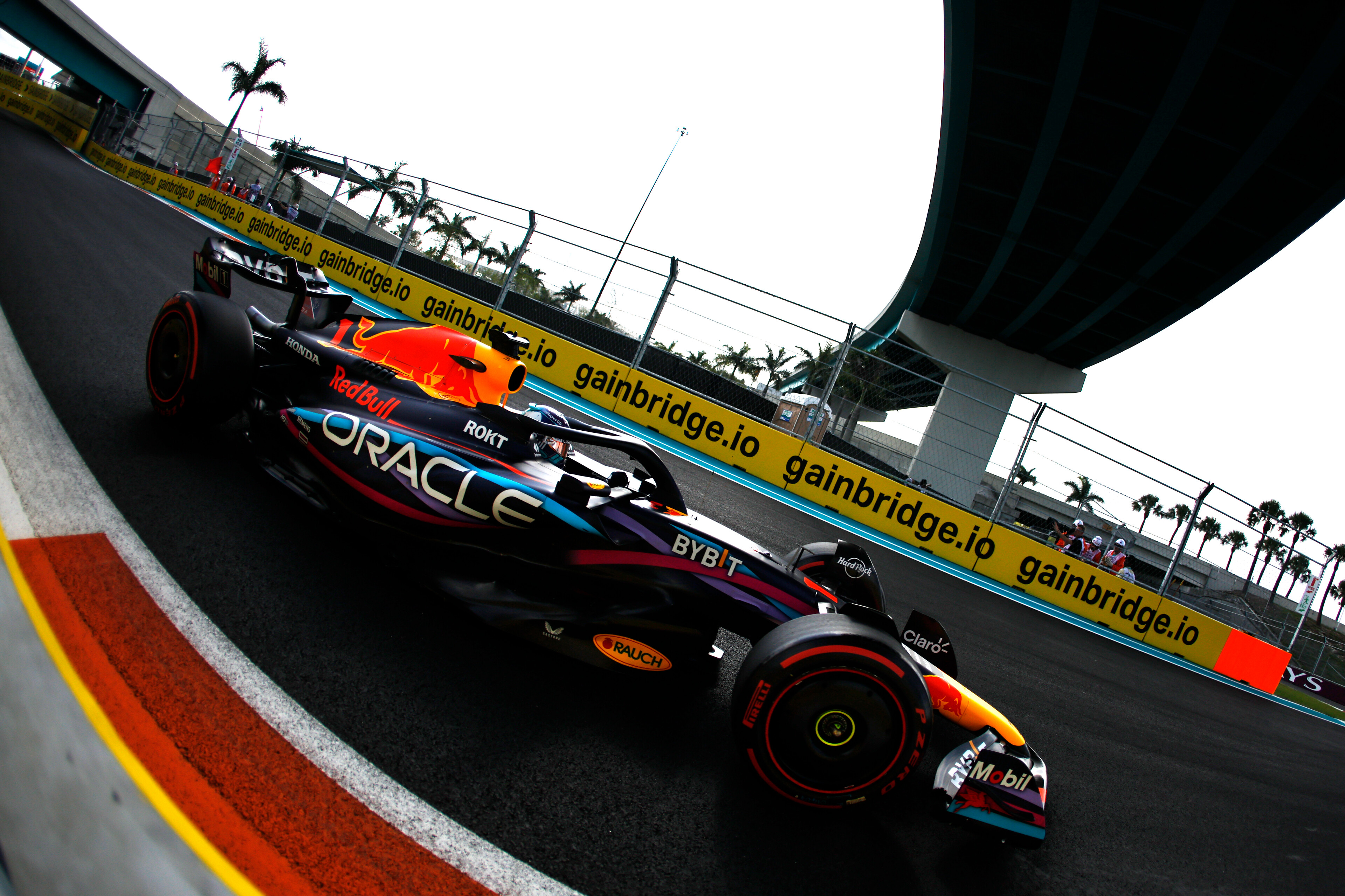
That’s the problem with easy answers, they thrive in the world of the hypothetical. The deeper you dig into the detail, the more reality imposes its complexity. That should be remembered for anyone offering quick-fix solutions for F1’s next generation of rules.
There’s also an immovable problem, which is the ever-stubborn laws of physics. An object moving through the air at high speed is going to create some form of turbulence. Short of running races in a vacuum (not a serious suggestion) that’s unavoidable. Solutions that worked in simpler times, or in series that have less technical complexity or run spec cars, simply do not apply in F1 today. And no matter how simple the bodywork rules are, teams will find ways to push them to the limit aerodynamically unless you go as far as introducing a spec car – a move that would turn F1 into just another racing series.
None of this means the battle is lost and the rulemakers should give up. But it does stress the need to frame the argument in a realistic way. If the objectives are impossible then F1 is doomed to be an uncontrollable whirligig repeating the same mistakes. And if looking to repeat the past, and at that an often-misremembered history, for quick fixes is considered the best answer then F1 is in trouble.
The current regulations are a decent start, but are far from perfect. There is an opportunity in 2026 to take another step with the expansion of moveable aerodynamics already on the cards and a plan to make the cars lighter and more compact. Again, there are competing objectives and it’s disappointing the FIA has identified the weight-saving opportunity as being no more than 35kg at best. But partly this is because of safety devices, as well as the inclusion of hybrid technology that is deemed essential for F1 given electrification is now a widespread, often government-dictated, direction of travel.
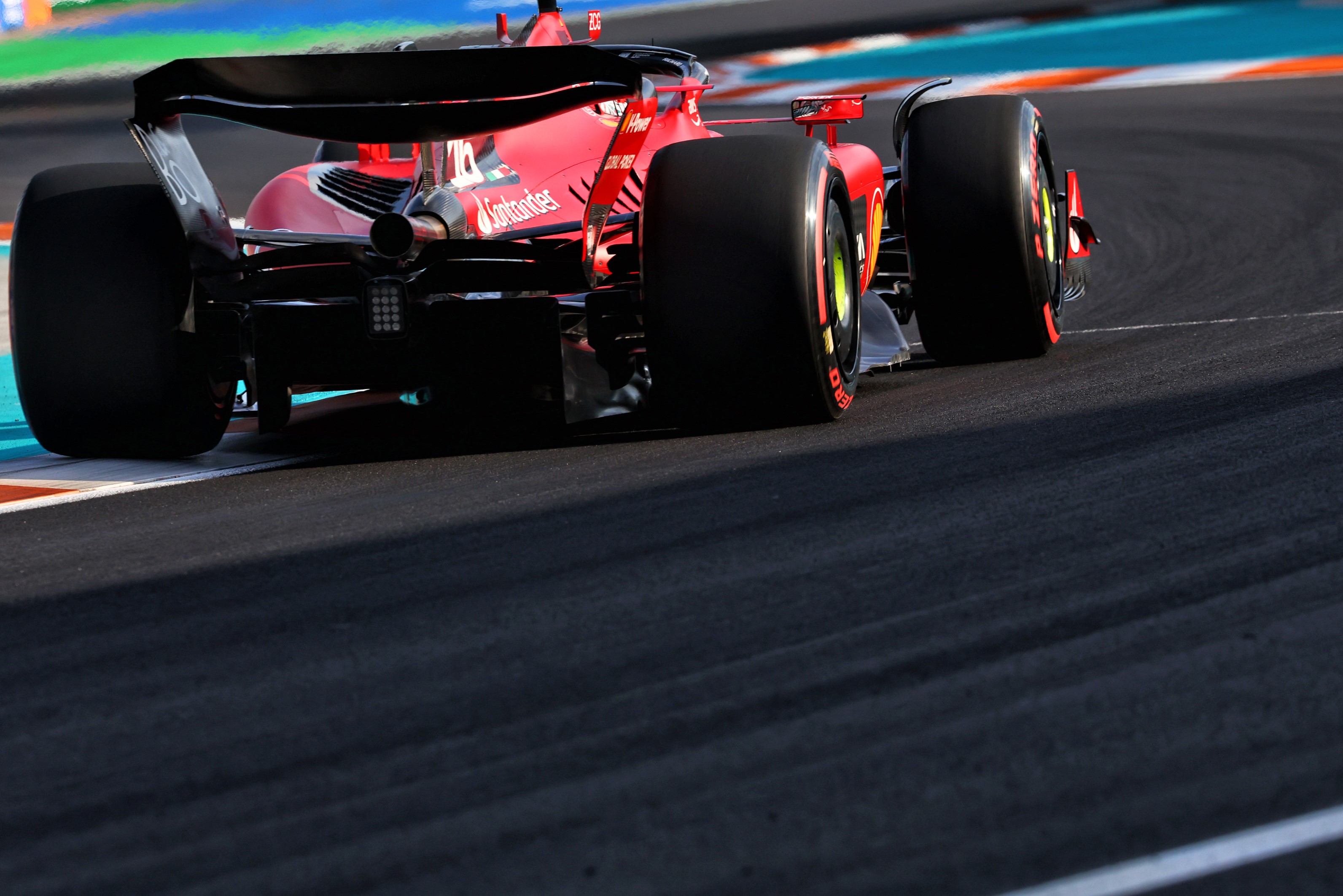
So what does this mean for F1? Firstly, it’s a warning against a knee-jerk reaction. The rules should keep evolving, and there must also be time for mechanisms such as the cost cap, the more equitable division of the slice of F1’s revenue between the teams and the aerodynamic testing regulations to have an effect. These are powerful measures, but they require the one commodity that is in short supply in this impatient world – time. They need to roll along in the background and will gradually make the performance potential of teams more tightly-spread.
Secondly, it points to where the next level of F1’s regulations research needs to point. Namely, it’s the creation of variables, which is what creates good racing and overtaking. Ideally, the relative performance of cars and drivers needs to fluctuate over the course of the race. This has been pursued on an ad hoc basis over the years, but there’s never been a concerted effort to identify ways to create such variables in a more systematic way and study their impact. And these should be subtler variables that can be conquered by teams and drivers doing a good job rather than brute-force randomising measures.
The most regular means for attempting to do this are the objectives laid out for tyre supplier Pirelli in the series of target letters it has worked to in producing the rubber used, but a broader analysis is necessary. Even measures such as the DRS, which has remained largely unchanged in the way it’s used in races since it was introduced in 2011, has untapped potential with more dynamic tuning of the regulations.
But F1 can only control the controllables. It’s outside the hands of the rulemakers to ensure multiple teams do a good job and even in spec series there are good teams, bad teams and in-between teams. What can be done is creating the framework that increases the likelihood of good racing.
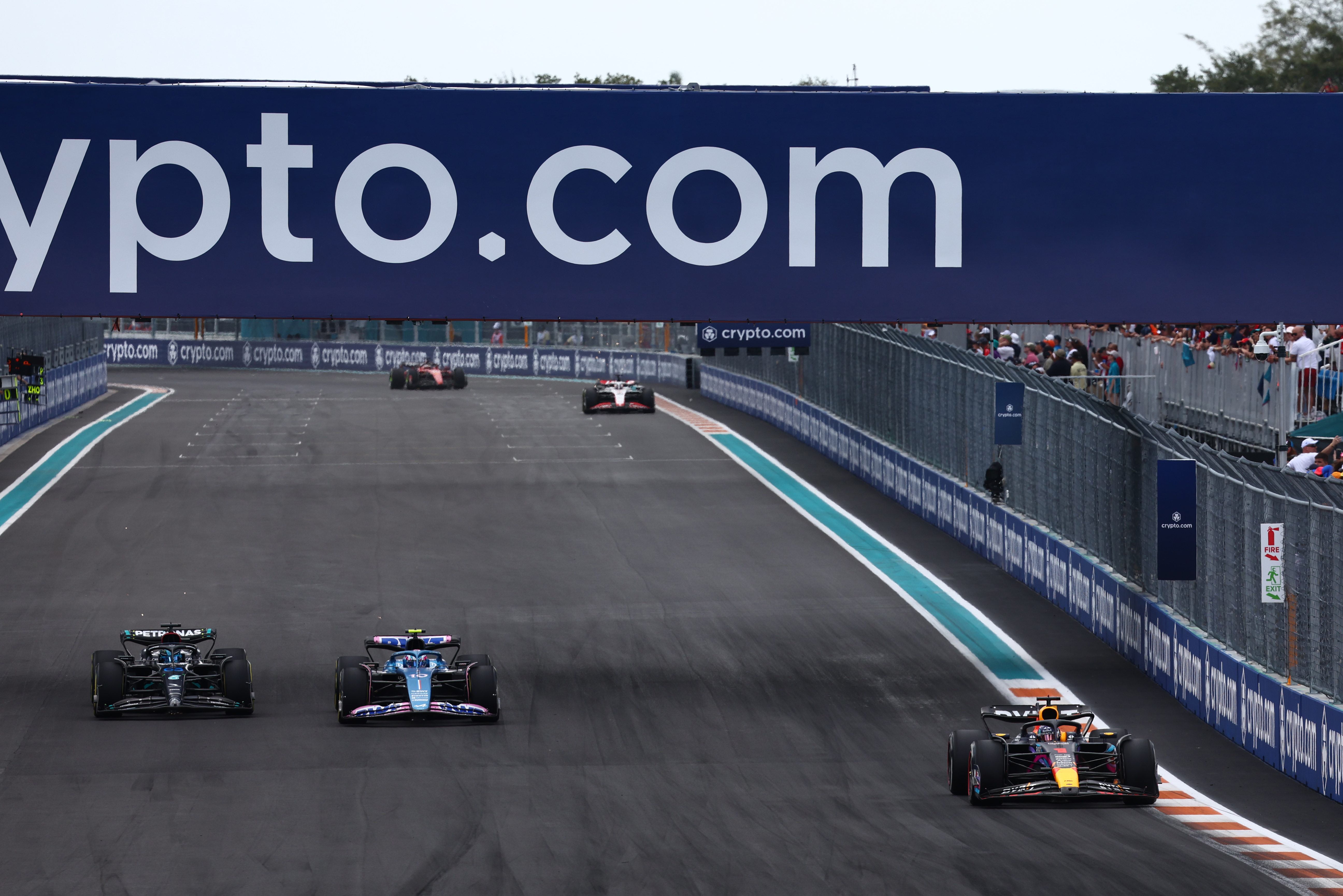
To do that, the steady drumbeat of well-intended criticism that demands unrealistic outcomes – the ‘Make F1 Great Again’ crowd – must be cut out given the inescapable fact that it’s far easier to demand outcomes than it is to put measures in place to deliver such racing. That means continuing to fettle the technical regulations with a science-based approach using research and evidence that ensures F1 retains the complexity that makes it so endlessly fascinating, but also considering ways to increase the variables that affect races in a non-random way.
The trouble is, whatever happens, F1 teams will do everything they can to ‘break’ the regulations. That’s just the natural order of things as, after all, the ultimate success for any team in a given season is to finish first and second in every single race.





